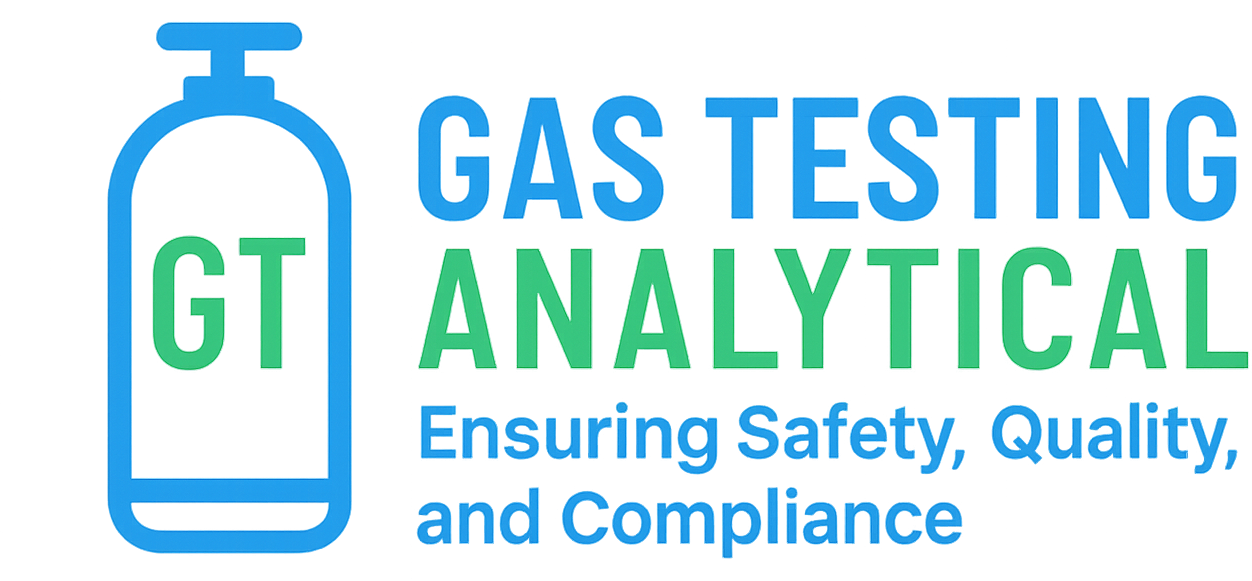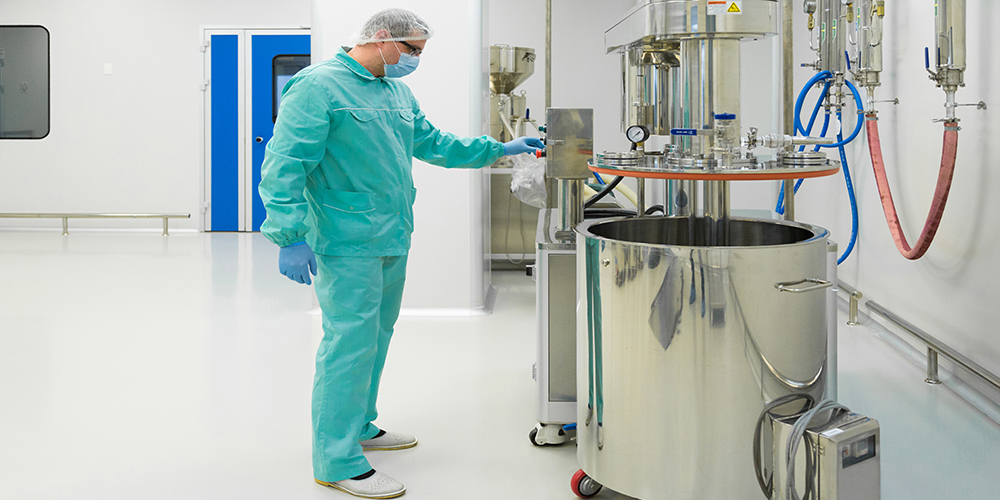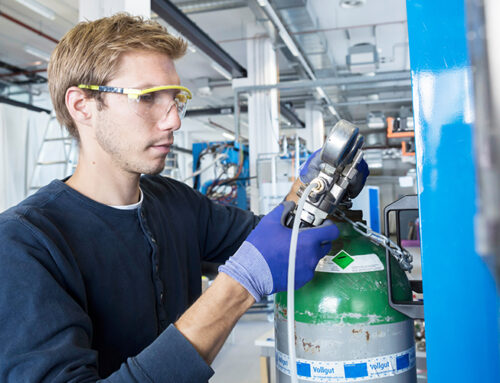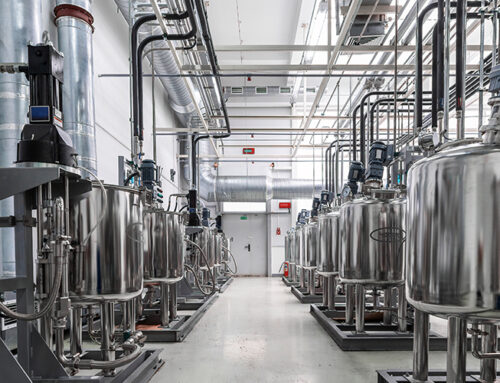In most GMP environments, tremendous attention is paid to water systems, HVAC controls, and aseptic workflows. Teams spend countless hours validating water for injection systems, monitoring environmental conditions, and perfecting sterile processing techniques. But process gases? Often they’re treated like commodities—despite being directly injected into reactors, packaging lines, and sterile zones where they can directly impact product quality and patient safety.
The Hidden Vulnerability in Your Quality System
Process gases represent one of the most direct pathways for contamination to enter your manufacturing process. Unlike water systems that often have multiple purification steps, or HVAC systems with sophisticated filtration, process gases frequently travel from source to point-of-use with minimal intervention. This creates a unique vulnerability that many quality systems fail to adequately address.
Consider the typical pharmaceutical manufacturing scenario: nitrogen is used to blanket sensitive reactions, compressed air powers pneumatic systems and is used in tablet coating, and carbon dioxide is injected directly into sterile formulations. Each of these applications represents a direct interface between your process gas and your product. Yet how often are these gases tested with the same rigor as your water systems or raw materials?
Why It Matters More Than You Think
Gases like nitrogen, compressed air, oxygen, and carbon dioxide play a direct role in product safety and performance. Unlike other utilities that might have indirect effects on product quality, process gases often become part of the final product or directly contact it during critical manufacturing steps.
The contamination risks are more varied and potentially more dangerous than many realize. Oil mist from compressor systems can introduce endotoxins and create biofilms that harbor pathogenic bacteria. Volatile organic compounds (VOCs) can migrate from pipeline materials or maintenance activities, potentially causing unexpected chemical reactions or creating toxic impurities. Particulates can act as nucleation sites for unwanted crystallization or carry viable microorganisms into sterile zones.
Perhaps most concerning is the bacterial contamination potential. Compressed air systems, in particular, can harbor diverse microbial populations in their distribution networks. These systems often operate at temperatures and humidity levels that can support microbial growth, especially in dead legs or areas with condensate accumulation. When this contaminated air comes into contact with your product, it can introduce viable organisms that compromise sterility or create bioburden challenges.
What You Should Be Testing: A Comprehensive Approach
Effective process gas testing requires a multi-parameter approach that addresses both chemical and microbiological contamination risks:
Particulates – The Foundation of Contamination Control
Particulate testing should utilize both gravimetric methods for total particulate load and laser-based particle counters for size distribution analysis. Understanding not just how much particulate matter is present, but also its size profile, is crucial for assessing filtration effectiveness and potential product impact. Sub-micron particles can be particularly problematic as they may pass through standard filtration and can carry surface contaminants or act as condensation nuclei.
Water Content – More Complex Than It Appears
Water content testing goes beyond simple moisture detection. Pressure dew point measurements provide insights into the potential for condensation within your distribution system, while electrolytic hygrometry offers precise quantification of water vapor content. Excess moisture can promote microbial growth, cause corrosion in distribution systems, and interfere with moisture-sensitive processes like coating or tablet compression.
Oil & Hydrocarbons – The Invisible Contaminants
Oil contamination from compressor systems requires sophisticated analytical approaches. Infrared spectroscopy can detect and quantify oil aerosols with high sensitivity, while detector tubes provide point-of-use screening capabilities. Don’t overlook the potential for oil degradation products, which can be more problematic than the original contamination. These degradation products can include aldehydes, ketones, and organic acids that may have unexpected reactivity with your product.
Microbial Contamination – The Living Threat
Viable count testing in compressed air systems requires specialized sampling techniques and growth media selection. Standard methods may not detect slow-growing or fastidious organisms that could still pose contamination risks. Consider both aerobic and anaerobic cultures, and don’t forget about fungal contamination, which can be particularly problematic in systems with intermittent condensation.
Oxygen Content – Critical for Inert Applications
Paramagnetic oxygen analysis provides the accuracy needed for validating oxygen content and ensuring inert gas systems. Even trace oxygen levels can catalyze oxidation reactions, degrade sensitive compounds, or create explosive atmospheres when combined with certain organic vapors. Regular oxygen monitoring is essential not just for initial validation, but for ongoing system performance verification.
Implementation Strategy: Making Testing Practical
Developing an effective gas testing program requires balancing thoroughness with practicality. Start with a risk-based approach that prioritizes high-risk applications and critical quality attributes. Systems that directly contact sterile products or sensitive intermediates should receive the most intensive monitoring.
Consider the operational context when designing your testing program. Systems may behave differently during startup, normal operation, and maintenance periods. Your testing strategy should account for these variations and ensure that acceptance criteria are met across all operational states.
Documentation is crucial for regulatory compliance. Establish clear sampling procedures, analytical methods, and acceptance criteria. Ensure that your testing program can demonstrate ongoing control and provide the evidence needed for successful regulatory inspections.
The Business Case for Gas Testing
The cost of implementing comprehensive gas testing pales in comparison to the potential consequences of gas-related contamination. Product recalls, regulatory actions, and manufacturing interruptions can cost millions of dollars and damage brand reputation. More importantly, patient safety depends on maintaining consistent product quality, and contaminated process gases represent a significant threat to that consistency.
Final Thought: If you’re not validating your process gases with the same rigor as your other critical utilities, you’re leaving a major compliance gap wide open. The question isn’t whether you can afford to implement comprehensive gas testing—it’s whether you can afford not to.




